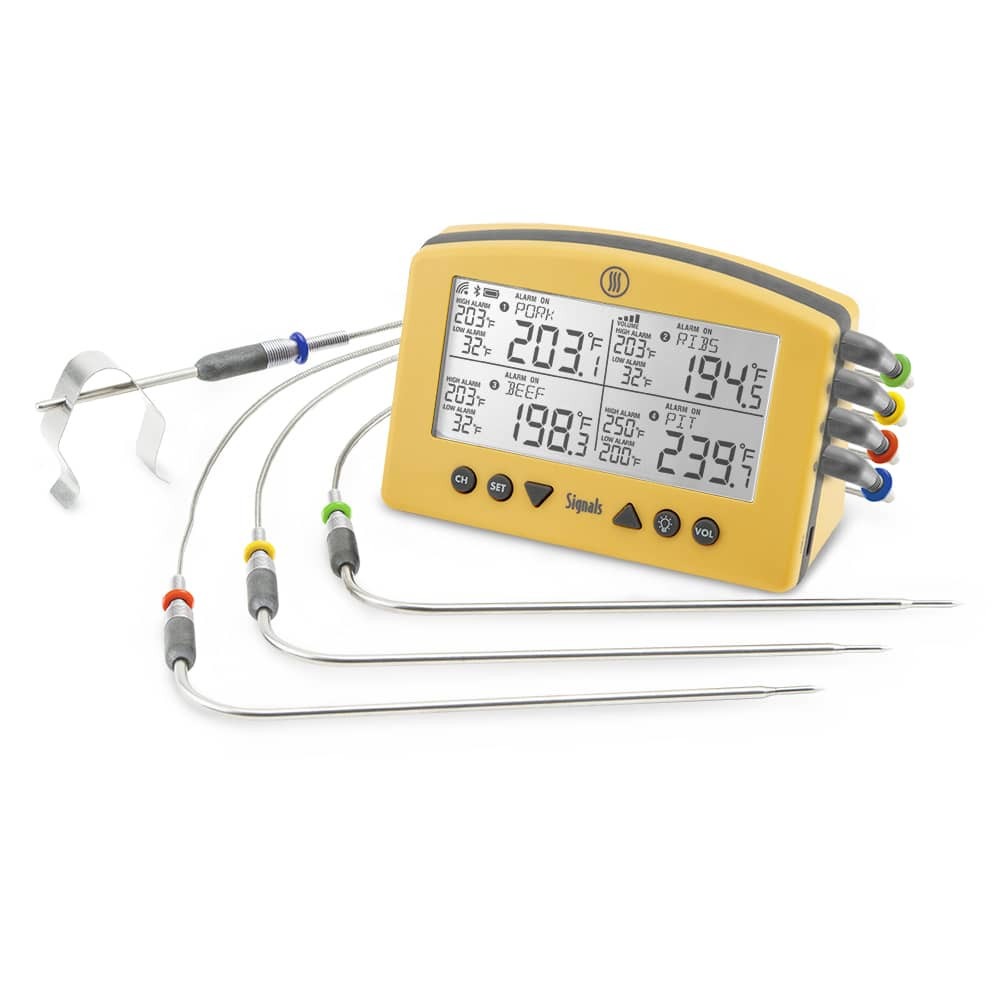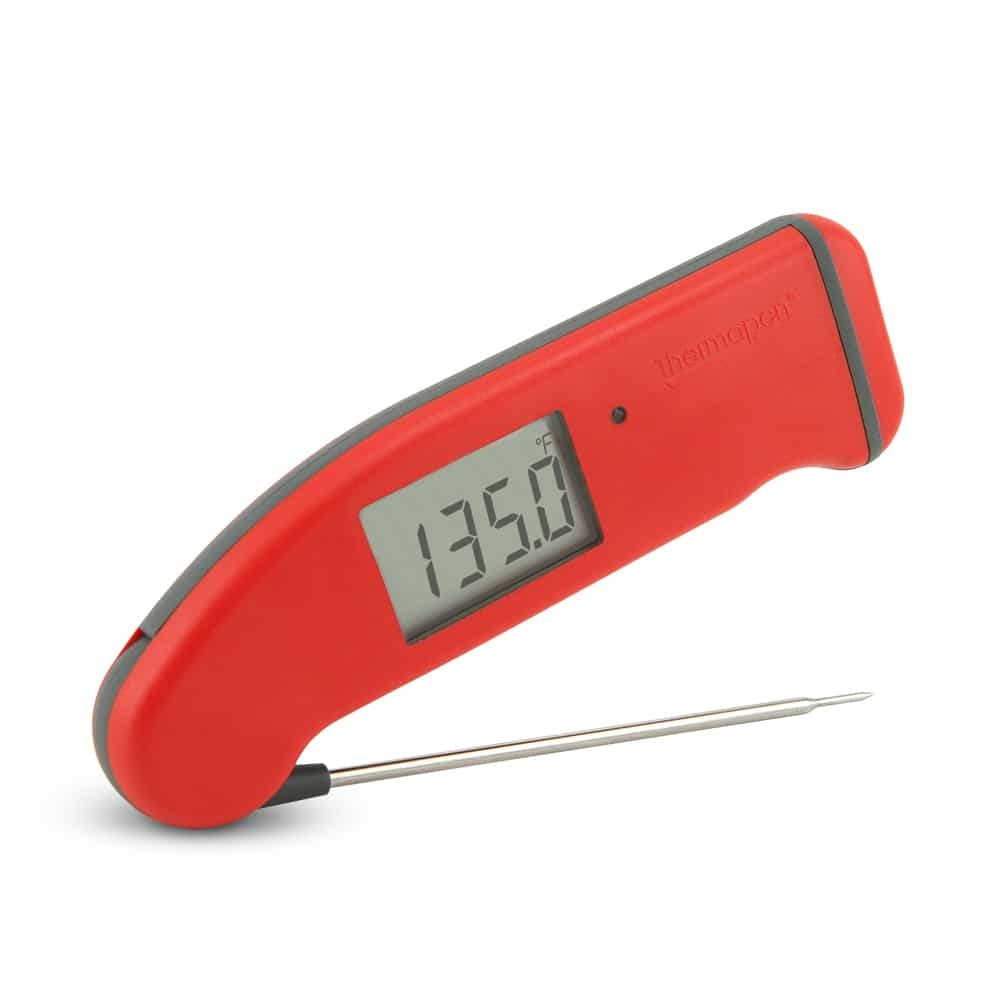Snake River Farms Gold Prime Brisket: Temperature Really Matters
We’ve written before about how temperature is important for brisket cookery. Not only do you need to monitor the temp in your cooker, but you need to know when to wrap it (if you choose to) and when it’s done. If you want repeatable, quality brisket, you need some thermometry in your cook.
If that is all true for your standard, run-of-the-mill, SamsCo brisket, imagine how true it must be for a Snake River Farms American Wagyu Gold Grade Brisket! We recently got our hands on a 15-pound example of this fine cut of meat to try out. (Shout out and thanks to the good people at SRF for hooking us up!)
The Gold grade (a designation put in place by the company, not the USDA) well surpasses the requirements for prime: USDA rime requires a BMS (Beef Marbling Standards) score of at least 4, while Gold requires at least a 9. This is some exquisite beef, and the price shows it. This hunk of beef goes for around $200, and meat like this deserves to be handled correctly. We used the Signals™ 4-channel leave-in probe thermometer to track this cook and assure the highest quality, and today, we’re going through some of that journey as a little bit of a brisket review and to show you that great meat makes for great BBQ.
The Brisket
When we received our 15-lb Gold grade brisket, we could hardly wait to give it a spin. With a marbling score of at least 9, we were looking forward to a must succulent brisket. With more fat marbled more thoroughly throughout the meat, this brisket had more potential for juiciness than a select—or even a standard choice—brisket. Before the cooking comes the preparation.
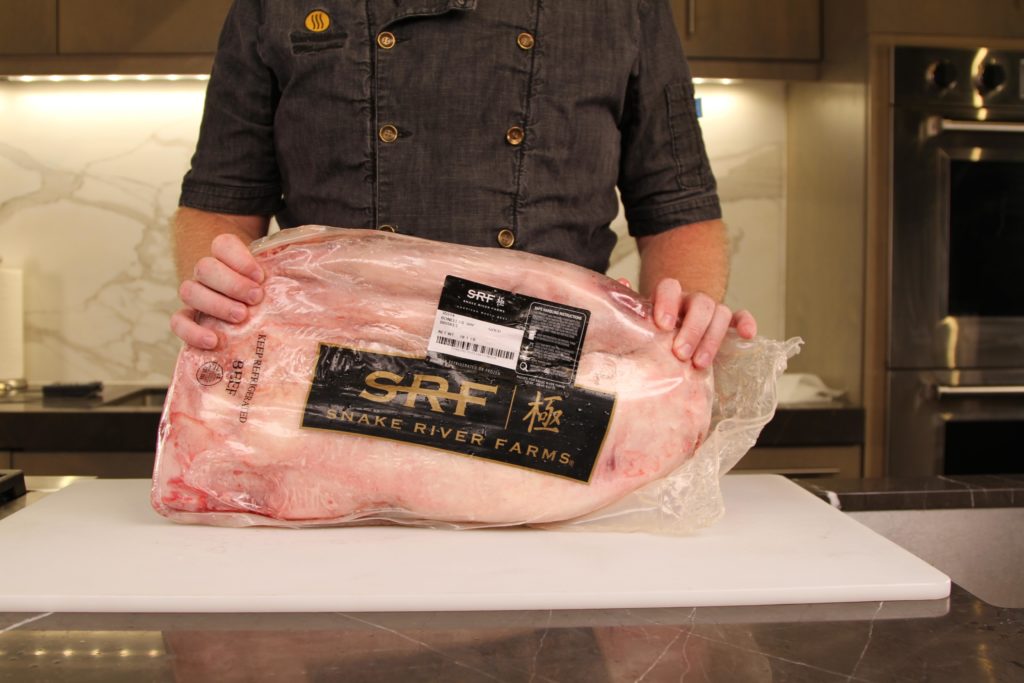
We trimmed the brisket, getting the fat cap down to about 1/4″.
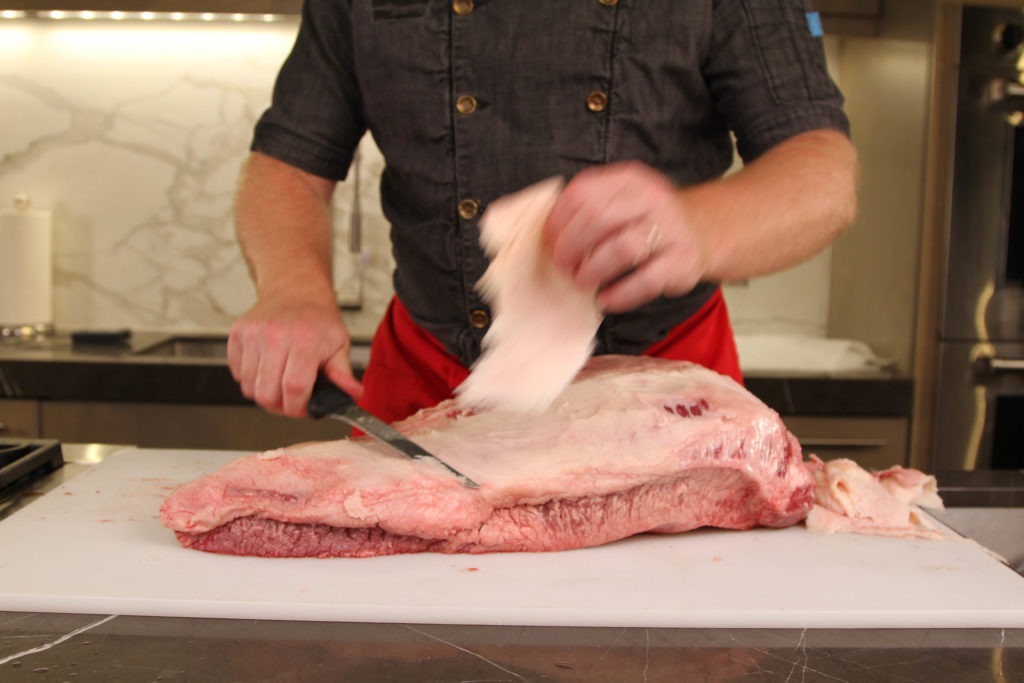
We also cut out a good portion of fat from the eye that lies between the flat and the point.
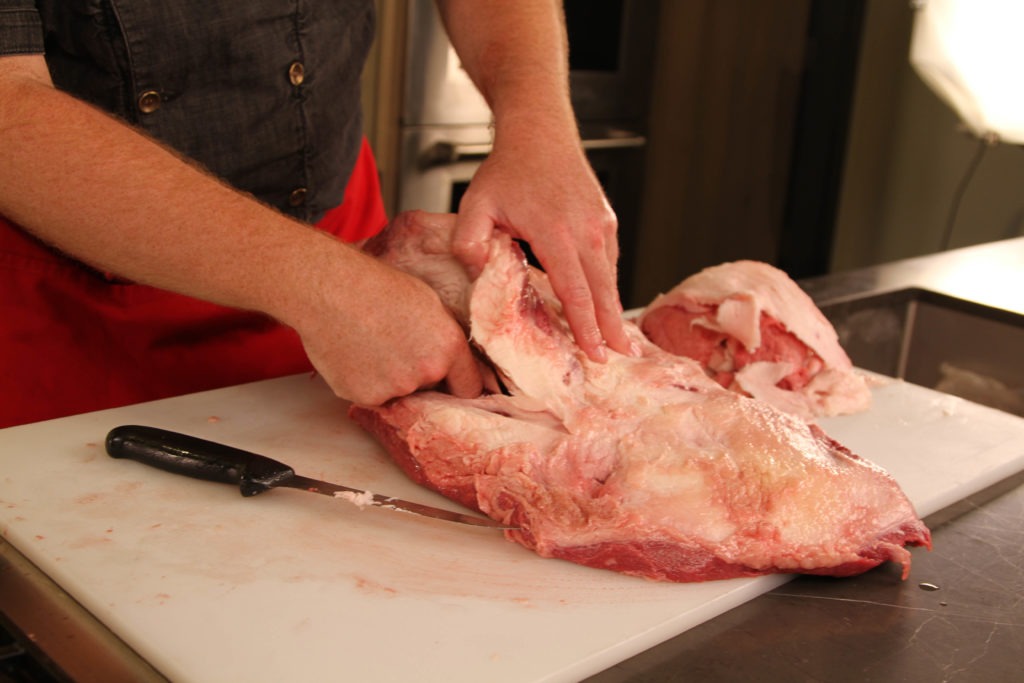
The Rub
Because this is amazing meat, we didn’t want to overdo the seasoning. We used a rub that was basically the Texas 50/50 salt and pepper mix but with just a little bit of another spicy rub thrown in. Remember to apply the rub liberally all over the brisket, including in the de-fatted eye between the two parts.

The Cook
Finally, time to get smoking! Because this was going to be an over-night cook, mobile monitoring was of utmost importance. We used the Signals thermometer’s Wi-Fi enabled communication to monitor the brisket temperature in three places (the flat, the point, and the point where it slopes down to meet the flat) and to monitor the air temperature. We set high alarms for the brisket at 203°F (95°C) so that we could pull it at the right temperature and set a high/low combo of 250°F/200°F (121/93°C) for the air temperature. That range would let me know if the fire got too hot or too cold. I could then adjust the airflow or add more fuel as needed to maintain the proper temperature to render all of that luscious intramuscular fat and collagen.
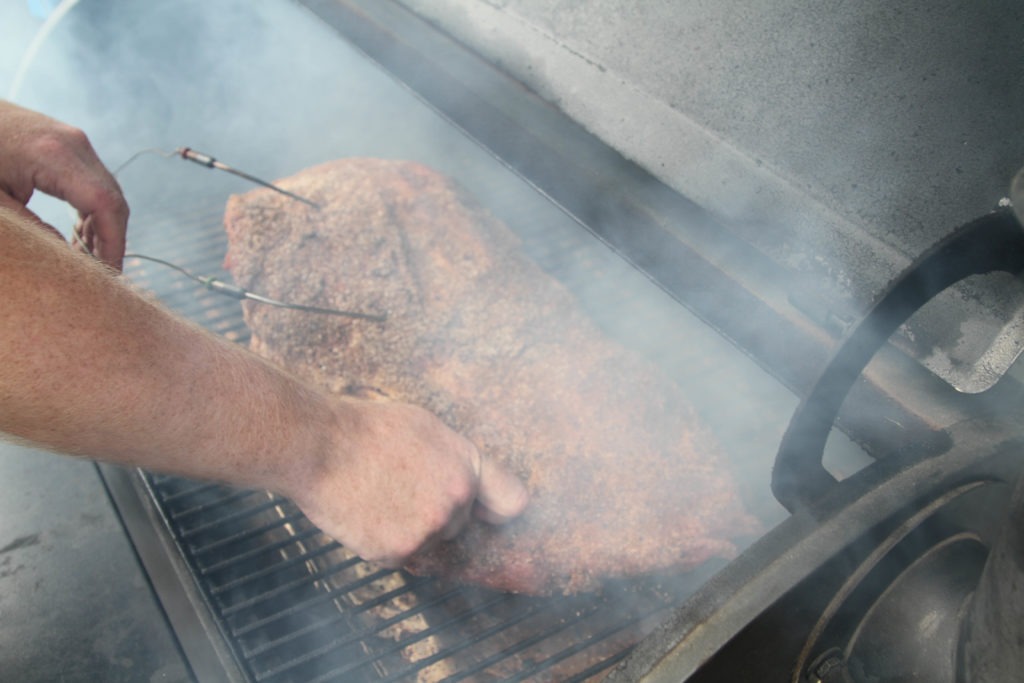
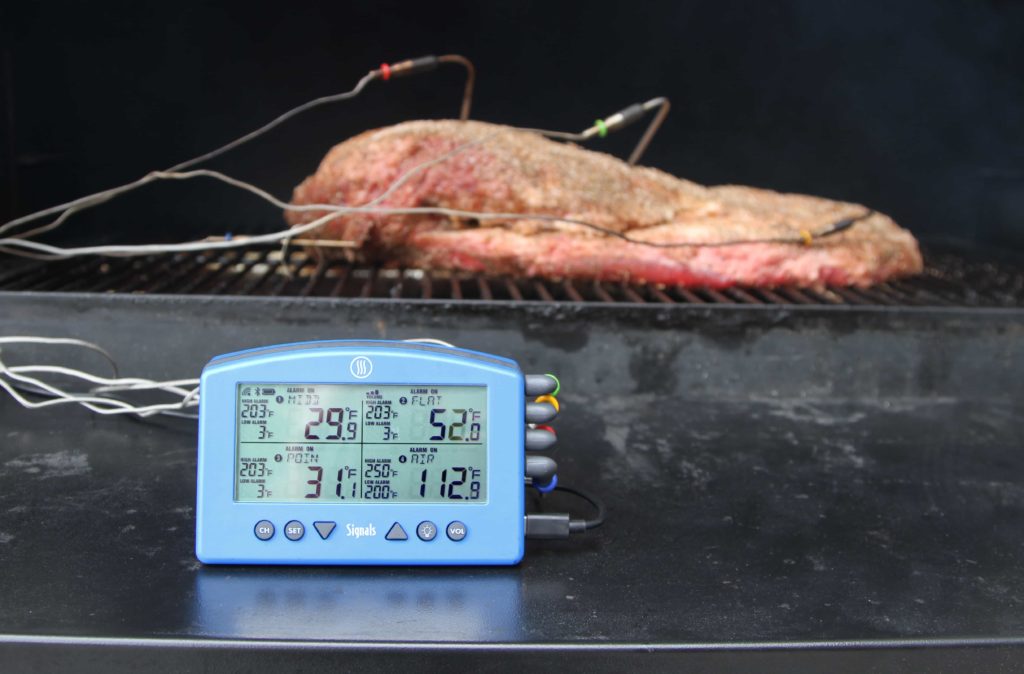
I monitored the cook and added more fuel one time. The night was colder than expected, so more fuel was expended keeping a constant temperature.
We opted not to wrap this brisket but to let it ride the stall all the way through. The bark on a naked brisket is usually unbeatable, and that proved true in this case, too. After a night of briskety dreams and occasional alarms from the Signals, the beef was ready to check.
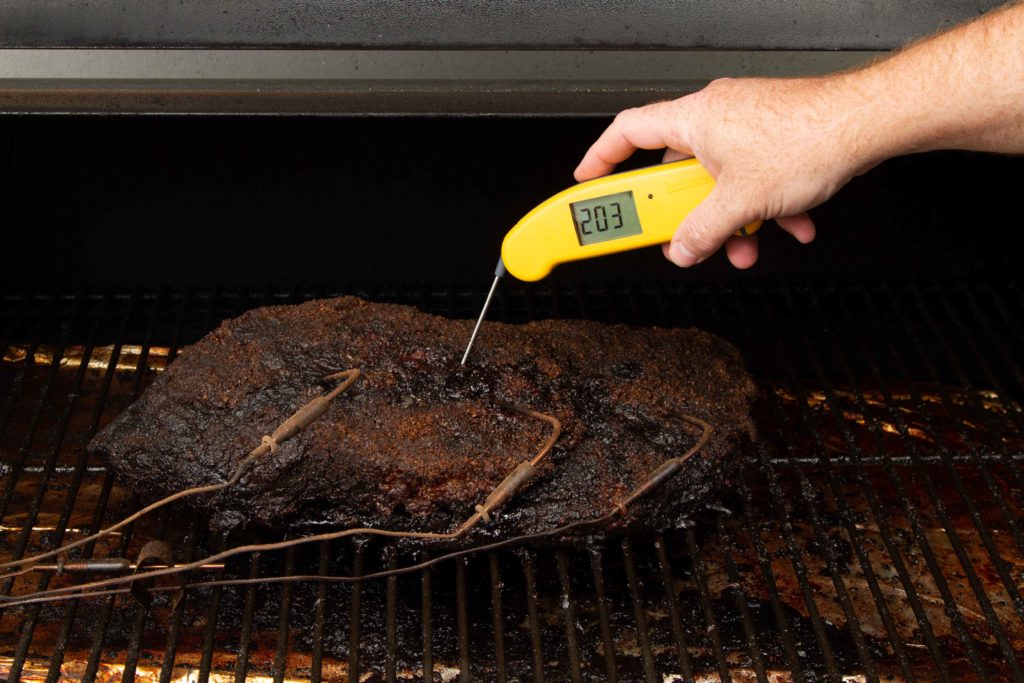
A properly cooked brisket will offer practically no resistance to the probe of a Thermapen®, and the tip of the thermometer practically fell through this jiggly, geatin-rich meat. As the Signals had shown, the internal temp in the point was 203°F (95°C). The flat, of course, was hotter.
After letting the brisket rest for as long as we could possibly stand (but probably not long enough), we sliced into it to find meat that was not only juicy and flavorful but rich and beefy and perfect. The intramuscular fat marbling was not visually evident, as it had all rendered down, but it was readily evident on the tongue. How good was it? Even the flat was delicious. I don’t usually even like the flat, but that’s the power of excellent meat and excellent temperature control.
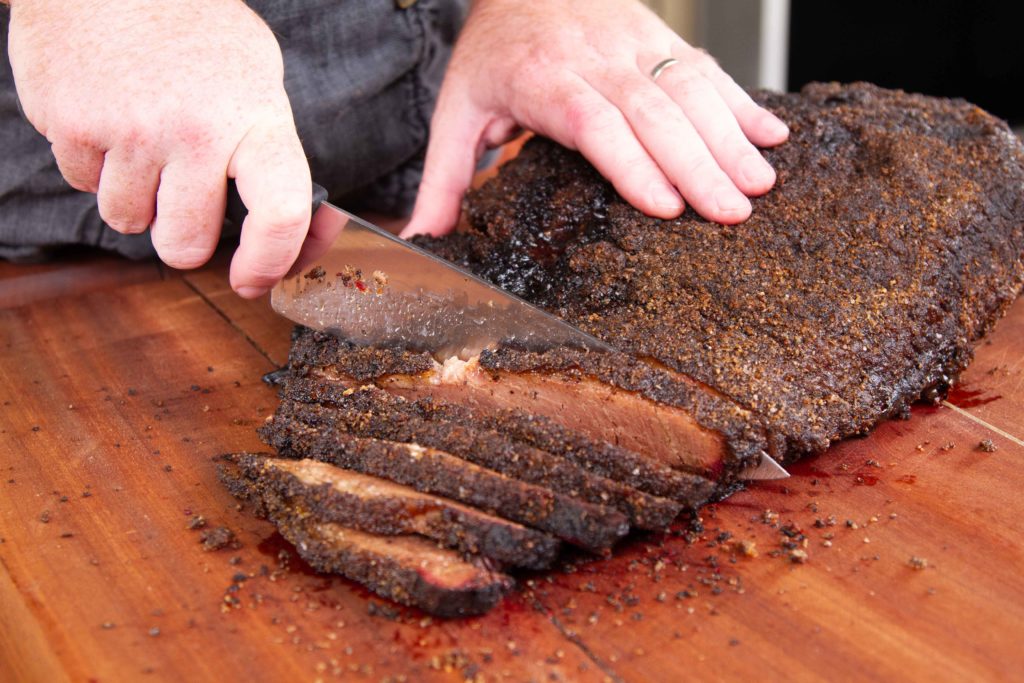
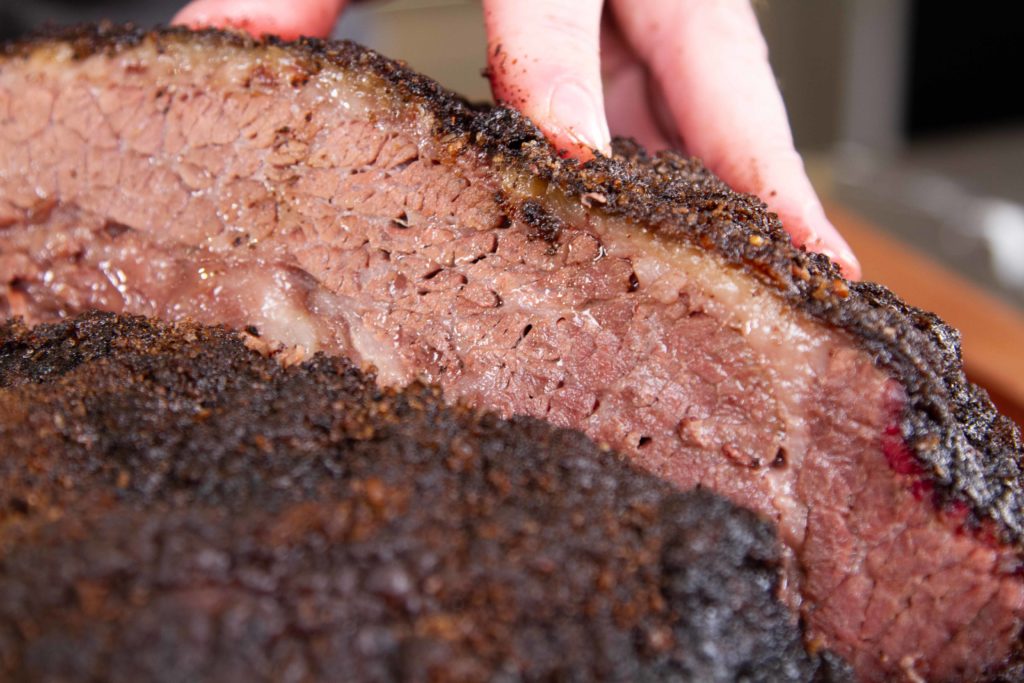
Brisket is always a challenge, but a great piece of meat, like this one from Snake River Farms, will get you a leg up on the competition and great thermometers, like the Signals and the Thermapen®, will make sure you don’t waste the good money you spent on it. Is this something any old every weekend? No, not really. But is it worth a taste, maybe for your Memorial Day cookout or some other celebration this summer? Absolutely.
But no matter the brisket you smoke for your celebration, remember that temperature matters.
Shop now for products used in this post:



